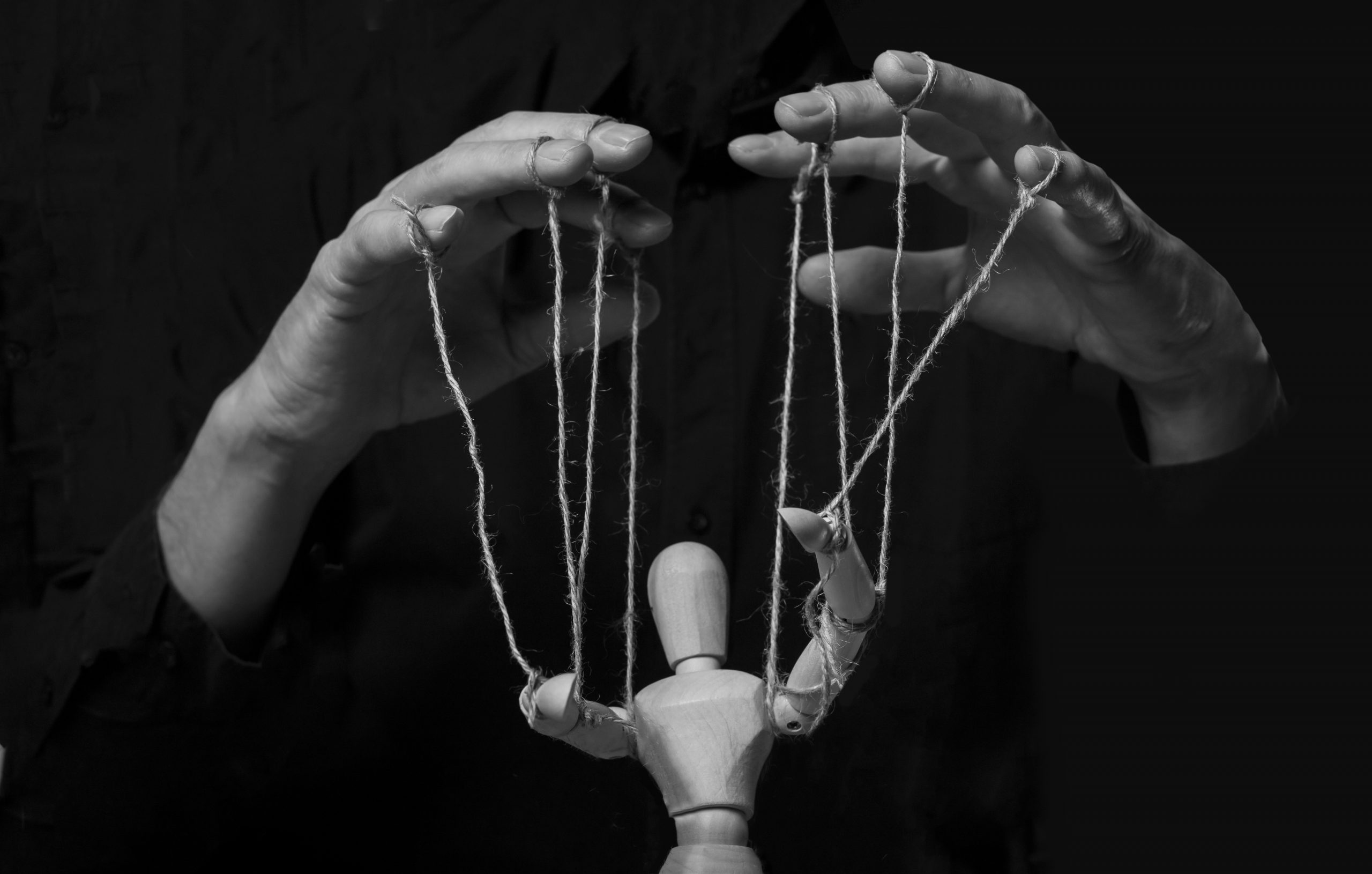It can be extremely difficult to come to terms with the fact that you have been in an abusive or controlling relationship and the impact this could potentially have on your children. It is often the case that someone may only realise that they are in a controlling relationship when they have read or discussed the subject, as the behaviour has become normalized.
Incidents of domestic abuse unfortunately continue to rise each year and can affect anyone. Approximately 1 in 5 adults will experience domestic abuse in their lifetime. This equates to around 1 in 4 women and 1 in 6 men.
Around 1.5 million incidents of domestic violence were reported to the police in England and Wales between 2021-22. However, this does not give a true reflection of the prevalence of domestic abuse in society as many incidents are never reported.
There is no statutory definition of behaviours which constitute domestic abuse in the Family Court. The introduction of the Domestic Abuse Act 2021 for criminal proceedings has provided a helpful definition of abusive behaviours:
- Physical or sexual abuse
- Violent or threatening behaviour
- Controlling or coercive behaviour
- Financial / economic abuse
- Psychological and emotionally abusive behaviour.
It does not matter whether the behaviour is a singular incident or an ongoing pattern.
What is Coercive and Controlling Behaviour?
It is important to note that there is a difference between coercive and controlling behaviour, even though they will often be intertwined.
Controlling behaviour is designed to make someone dependent on their abuser by isolating them from their support network of friends or family and depriving them of any independence by regulating their everyday behaviour.
Coercive behaviour is utilized through intimidating or humiliation with acts of physical aggression, threats and other abusive behaviour which makes someone feel as if they are being punished for their independence and will frighten someone into compliance.
An issue regarding coercive control is that if you were to consider the incidents in isolation, they may not point towards domestic abuse. Awareness of this type of abuse can often only be achieved by considering the entire history of the relationship, which will then highlight a chronology of coercion and control.
Coercive control became a criminal offence in 2015, which provided greater social awareness of this behaviour. Between 2021-22, the police recorded around 41,000 offences of coercive control.
What are the Warning Signs?
The potential warning signs of a coercive and controlling relationship can include but are not limited to:
- Shouting or belittling you.
- Dictating what you are permitted to wear or eat, often by criticizing your physical appearance.
- Accusing you of being unfaithful if you have friends of the opposite sex or when you go out.
- Monitoring your movements and being interrogated about any decision you have taken independently.
- Isolating you from your friends and family, such as through stating that they are not your friends or that they do not have your best interests at heart. When you go out with friends, you would be bombarded with text messages and phone calls demanding to know where you are, who you are with and when you will return.
- Financially controlling, which can include withholding their share of household bills and expenses, demanding that your wages are paid into a joint bank account or giving you an ‘allowance’ which you are permitted to spend.
- They may also threaten you or your loved ones with physical violence.
- Making it difficult for you to go to work or remain in employment, through preventing you from having access to a family car or demanding that you look after the family home.
The advancement of technology has made it easier for perpetrators to stalk their partners through the use of mobile applications and tracking devices. Devices can be placed in a victim’s vehicle or bag without their knowledge so that their movements can be monitored.
This is particularly challenging as a perpetrator will often attempt to cultivate a reputable public persona, in an attempt to discredit any concerns which a victim may raise to family members or professionals, such as the police.
What about my children – how does Coercive Control impact my children?
Under the Domestic Abuse Act 2021, children who see, hear or experience the effects of domestic abuse are classed as victims for the purpose of criminal proceedings.
It cannot be understated of the detrimental impact that domestic abuse can have on a child’s development.
Even when you have separated from an abusive partner, their behaviour will often continue and can become aggravated when you have entered into a new relationship. This can take various forms including:
- Demanding to see the children at a time which they know is inconvenient for you or preventing you from seeing your children.
- Sending a bombardment of text messages, calls or emails when the children are in your care.
- Interrogating the children for information regarding your circumstances.
- Failing to collect the children at an agreement time.
- Attempting to discourage your child from spending time with you.
- Making threats to take you to court or make reports to social services.
There are mobile applications such as OurFamilyWizard, which allow for parents to communicate solely regarding the children on a monitored platform, to try to prevent any further abusive behaviour.
You may also need to take legal advice regarding any possible Court application which could be made for your children.
How does Coercive Control impact financial matters upon separation or divorce?
If you have taken the decision to separate or divorce your partner, it can be difficult to ascertain the circumstances of your matrimonial finances. This could be where your partner has excluded you from any important financial decisions, has restricted your access to your financial documents or where they have generally been secretive regarding their finances.
It is important to seek legal advice regarding your position and the procedure you should take to obtain full and frank disclosure from your partner.
What can I do to protect myself?
It is important that if you ever believe that you are in immediate danger, that you should call the police for assistance.
If you are a victim of domestic abuse, then you may be able to apply for a protective injunction against the perpetrator:
- Non-Molestation Order – this is a Court Order which prohibits an abuser from using or threatening physical violence, intimidating, harassing or communicating with a victim and can also prohibit a perpetrator from attending a victim’s home or workplace. It is also possible for children to be protected under this Order.
- Occupation Order – this Court can regulate who can occupy the family home. These Orders are usually granted for around 6 months.
To make an application for a Non-Molestation Order, you must be “associated” under the Family Law Act 1996. This includes being current or formerly married, civil partners, living together or partners. It also includes certain relatives and in-laws.
If you think that you are a victim of domestic abuse and/or are in a coercive or controlling relationship, then we are able to assist. Please call or email us and speak to one of our experienced specialist family lawyers.




